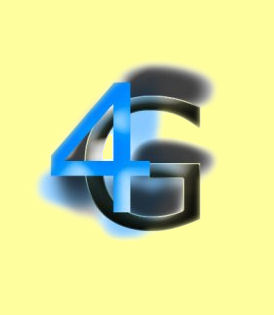Homeless People Turned Into 4G Hotspots

Controversial experiment updates Big Issue sellers to provide web access
Homeless people in America are being turned into Wi-Fi hotspots, under an initiative which a marketing firm explains is a bid to update Big Issue sellers into the online age.
The project, described as a “charitable experiment”, was unveiled at the South by Southwest (SXSW) Interactive festival in Austin, Texas. Criticised by some as “demeaning”, it offers Internet access to passers by who might otherwise be sold a street newspaper such as the Big Issue.
4G Hotspots on legs
The idea is that homeless people from the Front Steps Shelter in Austin are equipped with a MiFi device, and are dressed in a t-shirt that says “I am a 4G hotspot”. Llaunched as a ‘beta test’ by advertising firm BBH Labs, the project is described on BBH’s website.
homeless people from the Front Steps Shelter in Austin are equipped with a MiFi device, and are dressed in a t-shirt that says “I am a 4G hotspot”. Llaunched as a ‘beta test’ by advertising firm BBH Labs, the project is described on BBH’s website.
The advertising firm is apparently trying to modernise the concept of street newspapers, which are created and sold by homeless people. In the UK, the ‘Big Issue’ is one such publication. Instead of selling a newspaper, the homeless person now sells Internet access as well as access to the newspaper’s content.
People needing internet access will locate one of these homeless hotspots and pay them a small fee in return for sitting near them and accessing the web.
“One particular aspect we find intriguing is Street Newspapers, which are print publications created and sold by homeless populations as a form of entrepreneurial employment,” explained BBH Labs in a blog posting. “The model has proven successful enough to be adopted in cities spanning30 countries. The issue however, is that like any print publication, these newspapers are under duress from the proliferation of digital media. So we decided to modernise it.”
“This year in Austin…you’ll notice strategically positioned individuals wearing “Homeless Hotspot” t-shirts,” said BBH. “These are homeless individuals in the Case Management program at Front Steps Shelter. They’re carrying MiFi devices. Introduce yourself, then log on to their 4G network via your phone or tablet for a quick high-quality connection. You pay what you want (ideally via the PayPal link on the site so we can track finances), and whatever you give goes directly to the person that just sold you access. We’re believers that providing a digital service will earn these individuals more money than a print commodity.”
Dystopian or a new avenue to help?
But the project has also attracted some criticism as well. “It is a neat idea on a practical level, but also a little dystopian,” the New York Times’ David Gallagher noted in a blog posting.
But BBH Labs insists its motives are clear with the project.
“Obviously, there’s an insane amount of chatter about this, which although certainly villianises us, in many ways is very good for the homeless people we’re trying to help: homelessness is actually a subject being discussed at SXSW and these people are no longer invisible,” wrote BBH Labs Director of Innovation Saneel Radia. “It’s unfortunate how much information being shared is incorrect.”
Radia said that the project is not selling a brand and there is no commercial benefit whatsoever to BBH Labs. Each of the Hotspot Managers keep all of the money they earn. The more they sell their own access, the more they as individuals make.
Techweek Europe editor Peter Judge is a long time supporter of Byte Night, when the IT industry sleeps rough to raise money for homeless children. Last year it raised £650,000.
Are you at home on the Internet? Try our quiz